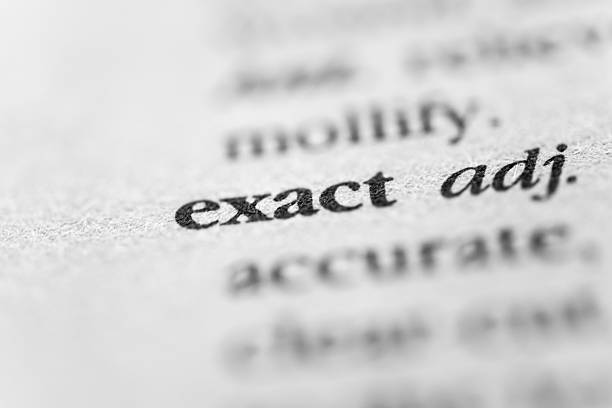Transcription, as discussed in my blog about Transcription for Beginners, can take various formats each of course with their own advantages and disadvantages. The type of audio transcription you use will have a huge impact on your project. In this article, we’ll discuss the different types of transcriptions as well as we’ll try to help you figure out which transcription best suits you for your projects. The types of transcription are mainly categorized into three types.
- Verbatim Transcription
- Intelligent Transcription
- Edited Transcription
Verbatim Transcription

This type of transcription is also known as true verbatim or strict verbatim, and is considered one of the most detailed transcription types available. It aims to capture every possible emotion of the speaker and the speaker’s surrounding. Every single detail in the audio is captured, this includes all filler words (um, uh, yeah. Uh-huh, mm-hmm) , pauses, non-verbal communication, environmental noises, background noises (dogs barking, birds chirping, sneezing). It is because of this extensive detail required in the transcript that verbatim transcripts are typically lengthy.
Verbal and non-verbal communication in transcripts include laughter, pauses, coughing. For audio files that have multiple speakers it becomes a bit tasking, as interruptions and cross talks, when speakers speak over each other possibly in group discussions, should also be included all the while identifying what each speaker is saying.
Example of verbatim transcript
Chris: Um, so, well … Did Martha um say anything um talk about Roblow?
Mark: Yes she did. In fact, she’s living her best life at the moment.
Chris: Okay. (dog barking)
Mark: I do hope-
Chris: … So, here’s what-
Mark: … she is doing okay.
Chris: … we’re going to do about the issue.
The above example shows filler words, interruption, external noises, inserted in a transcript.
Intelligent Transcription

This is also known as intelligent verbatim transcription. This is a type of transcription that is focused on transcribing audio into crisp understandable texts. Unlike verbatim, this type of transcription gives the transcribers the leeway to edit and remove parts of speech. Intelligent verbatim aims to communicate the speech in the most natural way possible instead of clinging to the speech as it was uttered word for word. Repeated words, stutters, filler words, pauses and unnecessary nonverbal communications are not included here if they do not affect the meaning of the transcribed document as seen below.
Example of an Intelligent Transcript
Chris: Did Martha say anything about Roblow?
Mark: Yes she did. In she’s living her best life at the moment.
Chris: Okay.
Mark: I do hope-
Chris: … So, here’s what-
Mark: … she is doing okay.
Chris: … we’re going to do about the issue.
In this example we see it is much cleaner with no filler words. Interruptions are present as if they are omitted the transcript will lose meaning. How you show interruption as a transcriber is upon you as the transcriber. Here interruption is shown with three dots just before the interruption and when the speaker resumes speaking.
Edited Transcription

This type of transcription is also known as clean edited transcription. This transcription allows the transcriber to omit parts of the audio file without distorting the meaning of the recording. Just as verbatim transcription, it is time consuming as the transcriber has a duty to use their personal judgment to know what is important to keep in audio or video files and what is not. But unlike verbatim it doesn’t aim to capture the way the speaker communicates. For edited transcripts what is sought is to strike a balance between completeness and readability.
So with the above transcription types, it is clear that each one will suit different project types. It is important that you cautiously judge which type of transcription will provide the best return on your investment.
Verbatim transcription
This is appropriate for extensive research studies. For individuals looking to collect data as it gives the researcher an absolute feel of what the interviewee is feeling while they share data
Edited Transcription
This creates crisp, professional texts that are formal and comprehensive. It would be best to use this for texts that require publishing, like articles.
Intelligent Transcription
This creates transcripts that are readable and easy to understand. This is suitable for business purposes since they would require documents that are not too complex for study.
Conclusion
Over and above choosing the correct transcription service, you will need experienced transcribers to carry out the work for you to maximize your return on investment.
To get precise and appropriate transcriptions, contact us for skilled transcription services that guarantees 98% accurate transcription of your research data with no delays and on time delivery.
That’s it for this blog, I do hope it was helpful. Get in touch with us for any of your transcription needs and remember always be kind try to stay positive and learn to unwind
